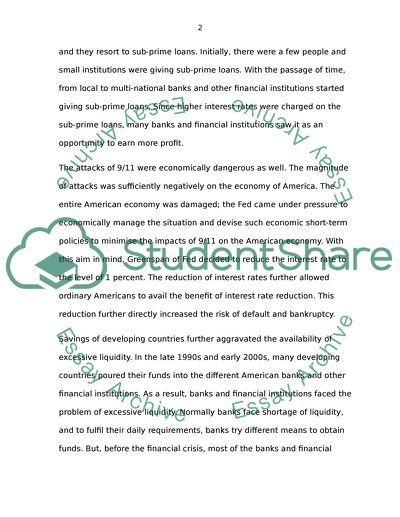Cite this document
(“The aftermath of the global financial crisis 2007-2009 Essay”, n.d.)
Retrieved from https://studentshare.org/environmental-studies/1412082-the-aftermath-of-the-global-financial-crisis
Retrieved from https://studentshare.org/environmental-studies/1412082-the-aftermath-of-the-global-financial-crisis
(The Aftermath of the Global Financial Crisis 2007-2009 Essay)
https://studentshare.org/environmental-studies/1412082-the-aftermath-of-the-global-financial-crisis.
https://studentshare.org/environmental-studies/1412082-the-aftermath-of-the-global-financial-crisis.
“The Aftermath of the Global Financial Crisis 2007-2009 Essay”, n.d. https://studentshare.org/environmental-studies/1412082-the-aftermath-of-the-global-financial-crisis.


